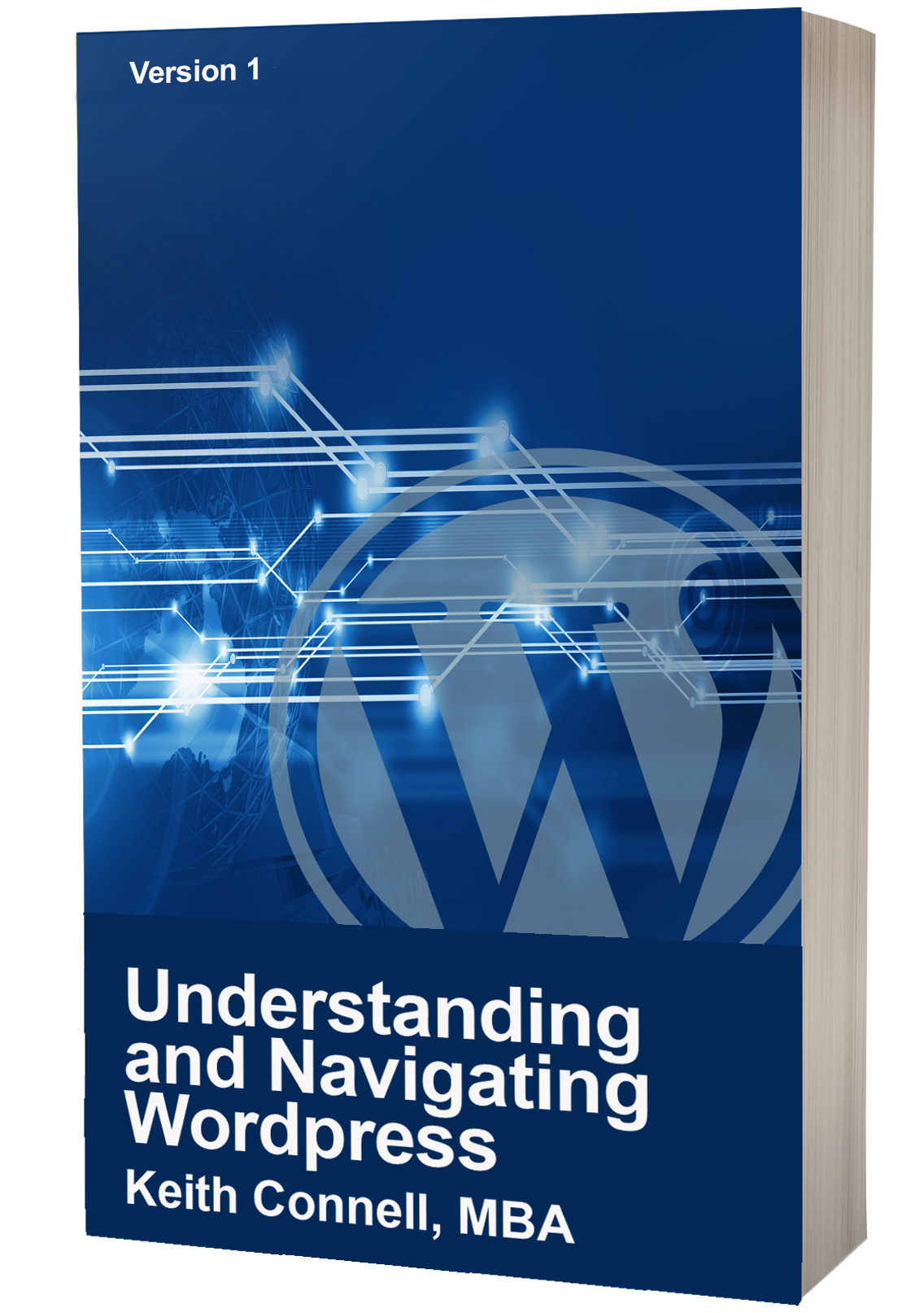
My work in my terminal degree is couched on the student experience. While reading literature on the many obstacles students face in getting their credentials, I looked inward at how my strategies might not be helpful or be setting up more challenges for some students. I then researched how I could help my students, and this is what I’ve adapted from it.
Everyone can agree that publisher slide decks are a great timesaver when planning out multiple courses. Some colleagues have admitted that part of their decision to use or not use a specific book is the level of instructor support – principally the slide deck. However, while delivering content to diverse classrooms, I have discovered that these publisher decks are not always optimized for the various needs of the students. Whether it is using colour schemes that do not employ colours that are contrasting, as they lean heavily on reds and greens, or blues and yellows; employing images without alt tags to assist automated readers along the slide; using a serif font type; or using North American slang in their slides, these resources are not accessible to everyone.
Today I did something opposite to every branding lesson I have taught students. I have abandoned my chosen green and blue used in my brand and website (this is my next project) and adopted another green/blue combination that is more easily seen by those struggling with colour blindness. I have made the selections darker, allowing for greater visibility on the white background. I have also abandoned any usage of Times New Roman or serif fonts for a font titled Open Dyslexic to assist students working with dyslexia in the classroom. This font has been designed to allow easier reading and less confusing signals. Finally, I am no longer permitting my copy to be less than 28pt on the slide. This will help with the readability of all, regardless of where they may sit in the room.
Thankfully, as an AODA web designer, Alt tags were adopted long ago. All my slides employ the Alt tag describing the image and its significance to the slide itself. This dramatically improves the automated readers describing the content of the slide. To provide greater accessibility, I will also review every slide produced to ensure the order in which the information is read is correct, as the automated reader follows an “order of creation” path.
Concerning the culturally and linguistically diverse students, I am working hard to remove all industry lingo and euphemisms from my content to ensure that the concepts are clearer to the student. I will also title every slide differently, so there is less confusion for everyone, including me.
Last but certainly not least, I create a safe environment for the student in my classes. In doing so, I encourage every student to openly communicate with me concerning challenges with material, workload, or content delivery. In this spirit, I have invited students to let me know if there are specific challenges my material may not have addressed so that I can correct the issue as we advance.
If you have visited my website, you know that my vision is that “every student will have the opportunity for success in the classroom, free from all barriers to realizing their dreams.” It’s more than my vision; it is what drives me.

